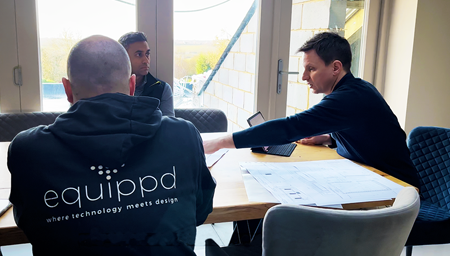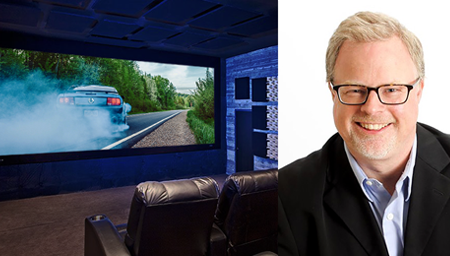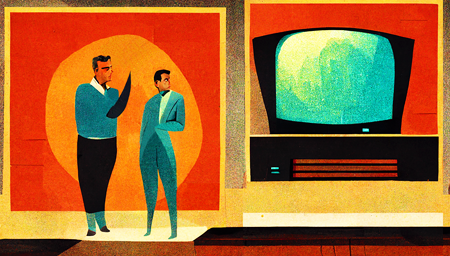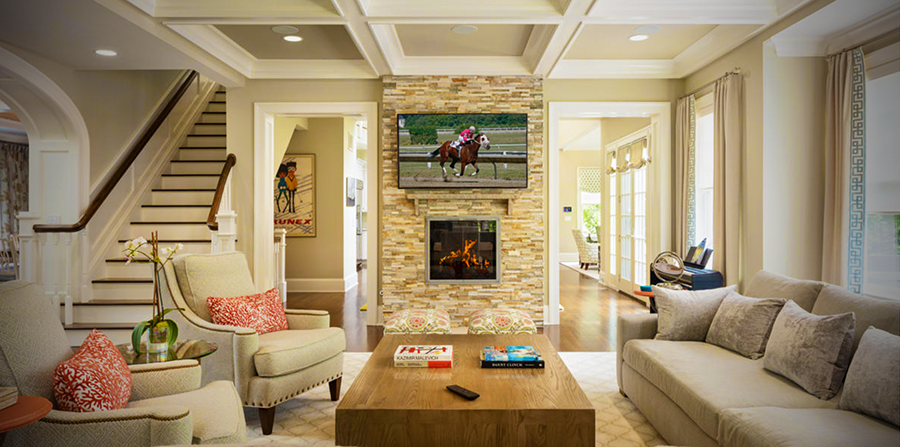
Going to the Source
“The better you communicate with a client, the better you can deliver the end result. But you have to do that with visualization.”
High-end custom integrator Todd Anthony Puma talks about the challenges and opportunities of servicing the New York luxury market
by D. Craig MacCormack
February 26, 2023
Although Frank Sinatra probably didn’t have luxury home entertainment installations in mind when he belted out the line “If I can make it there, I’ll make it anywhere,” that mentality seems to fit pretty well with high-end AV work across the Big Apple. After working amid the hustle and bustle of New York for as many as 20 high-profile clients a year on projects ranging from about $250,000 to $600,000, Todd Anthony Puma, president of The Source Home Theater, knows this all too well. He says working in the five boroughs comes with unique challenges but he embraces those as opportunities for growth.
How do you view your work and what are you trying to deliver to your clients at the end of the project?
We’re a lot of things to a lot of customers but I like to look at us as kind of like a custom-tailored suit or a concierge. We’ll give you what you request and then tailor it to your needs. And those needs are different for every person, just like body types.
Not everybody has the same body type with the same weight and they have different dimensions, and the same thing goes for us. A place might have the same exact square footage but the way it’s designed will utilize it a little more or a little less. And we basically work within those needs. We do cater to multiple needs.
We’ve transitioned our practice based on availability with products. In the past, we’ve primarily worked for celebrities and high-profile executives, but we’re now dabbling in the middle market just to keep things afloat while while we deal with the long wait times for products.
What are some of the differences in working with celebrities compared to “regular” people?
It’s a hush-hush world with us—which we don’t mind because we don’t get googly-eyed for any celebrities, unless they’re Slash, which would be the only person that I would be like, “Oh my God!” for personal reasons.
We promote professionalism, and handle their projects based on their wants and desires. The process is a little bit more enjoyable with the high-end part of the market because you’re like an artist and you’re constantly painting canvases, and you have a challenge with every single canvas you make. So it’s great because celebrities have so many creative minds working for them and endless amounts of income in order to do anything they want and desire.

Todd Anthony Puma
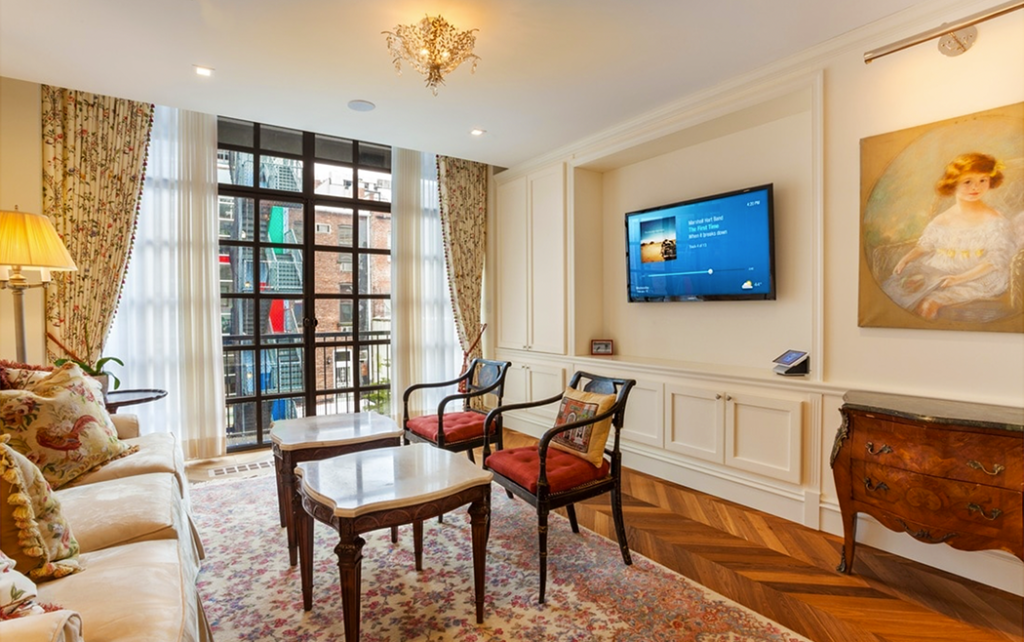
Sign up for our monthly newsletter to stay up to date on Cineluxe
But you have to sell them the value, right? And just because somebody’s rich doesn’t mean they want everything we have to offer. But there is a value to what we have to offer, which is our creativity in communicating with their creative team, which is extremely enjoyable.
The middle market, on the other hand, is kind of like a fight. Don’t get me wrong—there’s still a fight in the high-end market but there it’s a communication fight. The better you communicate, the better you can deliver the end result. But you have to do that with visualization. Architects and designers show customers photos but the AV market doesn’t do that kind of presentation well. They’re always saying, “There’s going to be speakers, there’s a TV, there’s this control system that has everything you want. But I don’t have anything to show you.” So we’re asking them to spend a quarter of a million dollars on something we can’t show them. But I help customers to understand what we do by appealing to their imaginations, right? We put it into a picture. We build books with photos, fewer words. That’s how we sell our customers.
How do you handle the challenges that come with working with celebrity clients?
That wasn’t as much of a challenge originally because we’d be able to get the product overnight then build the process from there. So we’d be able to give them a solution and then build on that solution. We would make it clear that even if we couldn’t meet their timeline, we could at least start with the room that was most important to them.
Once they’d agreed to that, we would send out an email confirming everything, because people forget that celebrities are getting hit every second with something. There is no jerk client—there are only service providers who don’t understand their customers’ needs and take it personal. From the day you meet that client, you should know if this marriage is going to work.
What challenges do you face that are unique to the New York market?
The biggest challenge we’re always dealing with is RF interference. There are so many different solutions being used between ZigBee, RF, Wi-Fi—you name it. So you’re in a clutter of information being communicated back and forth through wireless transmission and receiving. When we walk in, we have this vision of what we need to do to make things as stable as possible between the keypads that are communicating wirelessly, between the remotes that are communicating wirelessly—and with their network, which they consider the most important thing, and I don’t blame them. So we plan ahead by having, say, two wireless access points on each floor in a seven-story brownstone. And we plan ahead for a third one, just in case there’s a spot that’s completely dead.
As the months go on, more people move in, and someone moves in with a similar technology upstairs, left, right, wherever it may be, and we have to be prepared to make a change without tearing apart the customer’s home. The biggest challenge for a New York City integrator is making that happen, as well as hiding things. “Simply beautiful” means it’s out of sight and out of mind. That’s what our job is all about. When you’re in New York, they’re spending top dollar on everything in their home—for the wood, the granite, toilets, you name it. They don’t want to see an ugly access point that was made just to get the job done, with a plastic container that looks like a trash-can cover. We have to figure out solutions with the architects and designers how to make something super ugly be both super functional and pretty.
Craig MacCormack is a Massachusetts-based writer and editor with more than a decade’s experience covering the AV integration industry. He was the executive editor for Commercial Integrator and has also written about digital finance, architecture and engineering, and local and national news and sports in his 27-year journalism career. You can connect with him on Twitter at @CraigMacCormack, but be warned, there’s a heavy Boston sports component to his tweets.
© 2023 Cineluxe LLC


